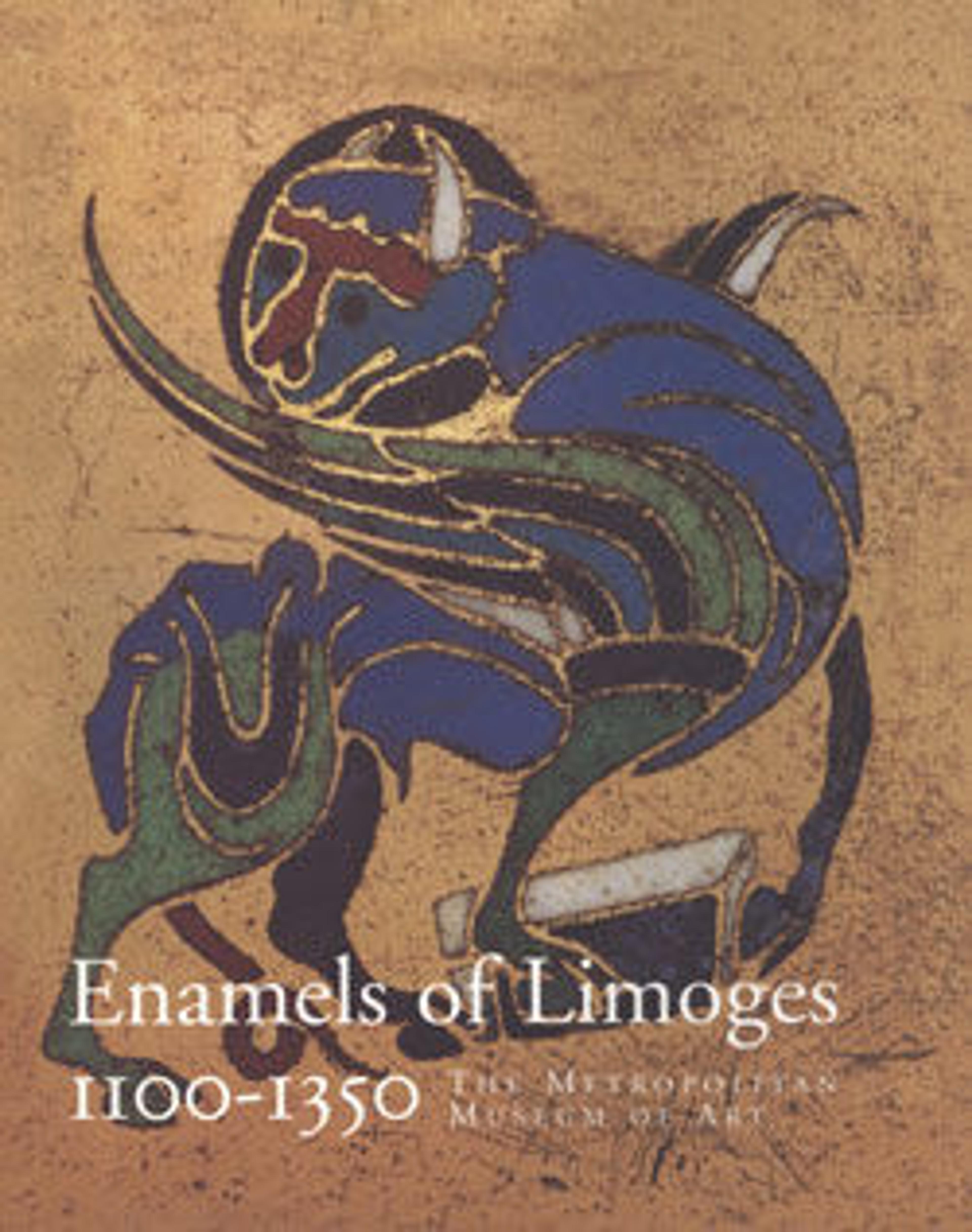Virgin and Child
Through the course of the thirteenth century, goldsmiths in Limoges increasingly specialized in the creation of gilded copper sculpture—freestanding, as here, or in relief, with enamel used only as a decorative accent. As Queen of Heaven, the Virgin Mary wears a crown (as does the infant Jesus), richly decorated shoes, a cloak engraved with a fur pattern, and a delicate filigree brooch. The inscription across the front of the statuette reads, in translation, “Hail Mary, full of grace.” This is more than a devotional image: with a hinged compartment set in the back of the throne, this Virgin and Child served as a tabernacle to safeguard the host, the wafer
of bread consecrated during the mass as the body of Christ. An enameled image of Saint Peter, holding keys, stands guard at the door.
of bread consecrated during the mass as the body of Christ. An enameled image of Saint Peter, holding keys, stands guard at the door.
Artwork Details
- Title: Virgin and Child
- Date: ca. 1270–1300
- Geography: Made in Limoges, France
- Culture: French
- Medium: Copper: repoussé, engraved, gilt, cut out and nailed; champlevé enamel: lapis and light blue, red; gems; wood core (walnut)
- Dimensions: Overall: 17 1/16 x 8 x 6 in. (43.4 x 20.3 x 15.2 cm)
- Classification: Enamels-Champlevé
- Credit Line: Gift of J. Pierpont Morgan, 1917
- Object Number: 17.190.124
- Curatorial Department: Medieval Art and The Cloisters
More Artwork
Research Resources
The Met provides unparalleled resources for research and welcomes an international community of students and scholars. The Met's Open Access API is where creators and researchers can connect to the The Met collection. Open Access data and public domain images are available for unrestricted commercial and noncommercial use without permission or fee.
To request images under copyright and other restrictions, please use this Image Request form.
Feedback
We continue to research and examine historical and cultural context for objects in The Met collection. If you have comments or questions about this object record, please contact us using the form below. The Museum looks forward to receiving your comments.
